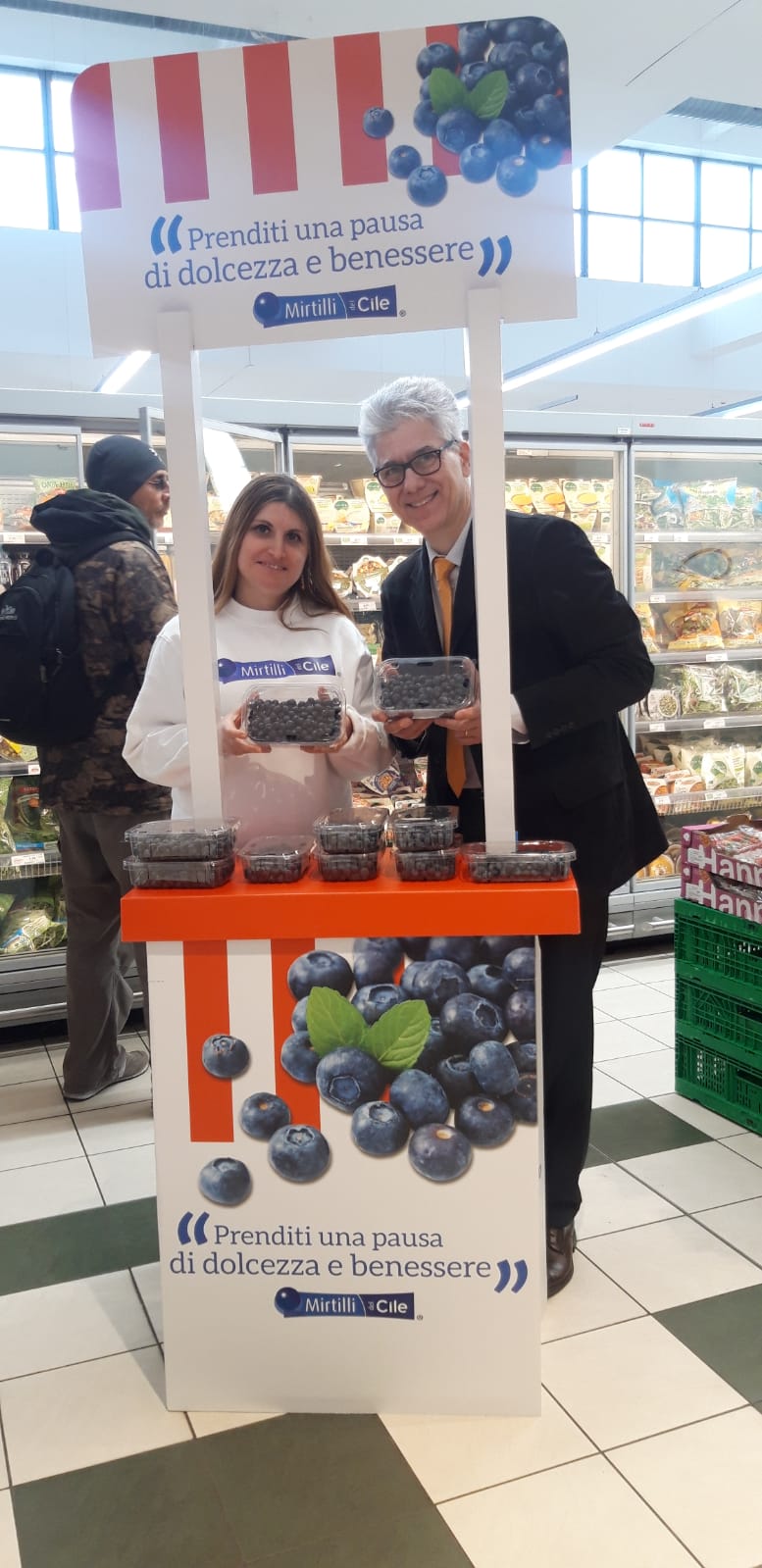Italian Berry 's Observatory on Italian Household Consumption returns a worrying picture for 2022 for the entire berries sector, with consumers and prices falling and sales rising slightly only thanks to the virtuous behavior of Italian consumers who continue to buy berries.
SMALL FRUITS STILL BETTER THAN TOTAL FRUIT AND VEGETABLES
Overall, however, the berries category continues to perform better than fruit and vegetables, which saw consumer spending fall by 2.3 percent during 2022: by contrast, blueberries, raspberries, blackberries and currants saw a 1.6 percent increase during the same period. In terms of quantity, berries also saw an increase of 5.9 percent against an overall decline in the fruit and vegetable department of 7.2 percent.
The berries category generates nearly 170 million in retail sales in Italy, with blueberries breaking through the 100 million mark for the first time and accounting for 59 percent of total category spending.
Raspberries settle, with 27 million euros, in second place with a 16 percent share; followed at a distance by blackberries with 7.3 million euros (4 percent) and red currants (3 percent).
Other positive indicators for the category include +12.0% in average purchase, and spending per household rising from just over €21 annually to €23. In general, the growth of berries can be attributed to the positive trend of blueberries, which shows an increase in average purchase, both frequency and volume per receipt, and the growth of % repeaters.
BUT THE PROBLEMS ARE THERE, JUST LOOK AT THE DATA
But these rising figures actually hide other indicators of the trend that are not as positive.

The loss of purchasing households is generalizable to all soft fruits, which together with the decline in average purchases, results in volume declines for raspberries, currants, and blackberries.
But the most worrying indicator and one that highlights all the opportunities missed by the sector is penetration, that is, the percentage of households that buy at least once a year. In Italy the penetration of berries shows a sharp decline: while in 2021 there were 29.8 percent of households buying, in 2022 this figure has dropped to 28.8 percent. In absolute terms, 414,000 households are missing.
Impressive are the figures for raspberries, which lost 733,000 buying households, but blackberries and currants also lost about 300,000 buyers, with double-digit percentage declines for the three products.
In terms of quantities, only blueberries saw an increase in tons sold, from 8485 tons (2021) to 8815 tons (2022). Dramatically declining are the purchased quantities of raspberries (losing 24 percent from 2371 to 1788 tons in one year), blackberries (-21.8 percent, from 692 to 541 tons). Nor are currants spared, which see a collapse from 692 to 541 tons, a 31.2% drop in consumption.
WHO ARE THE CONSUMERS
Analyzing the profile of the total category shows a strong concentration in the North (both Northwest and Northeast), with above-average indices in large households (2+ components), with RA (purchasing manager) aged between 35 and 64, of high and upper-middle socio-economic class, and residing in large population centers. The profile is very similar to last year's, with the exception of the youngest (up to 35 years old) who are below average this year and increase indices in 4/5 component households.
Raspberries and blackberries are found to be concentrated in households with young purchasing managers (up to 54 years old); currants show high indices in more mature households (both 45-54 and 65+).
All rights reserved - Italian Berry - CC BY License
Image by master1305 on Freepik









